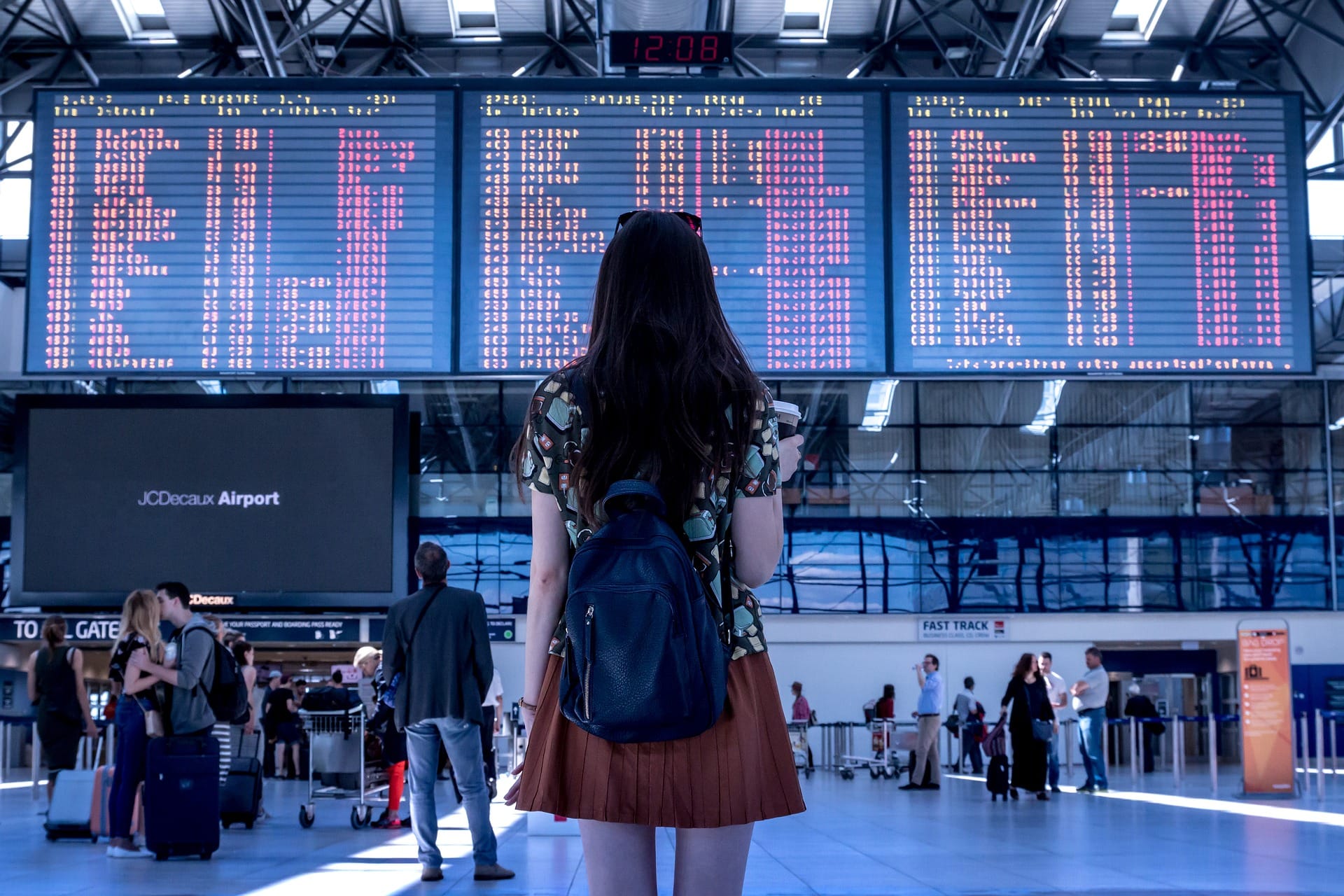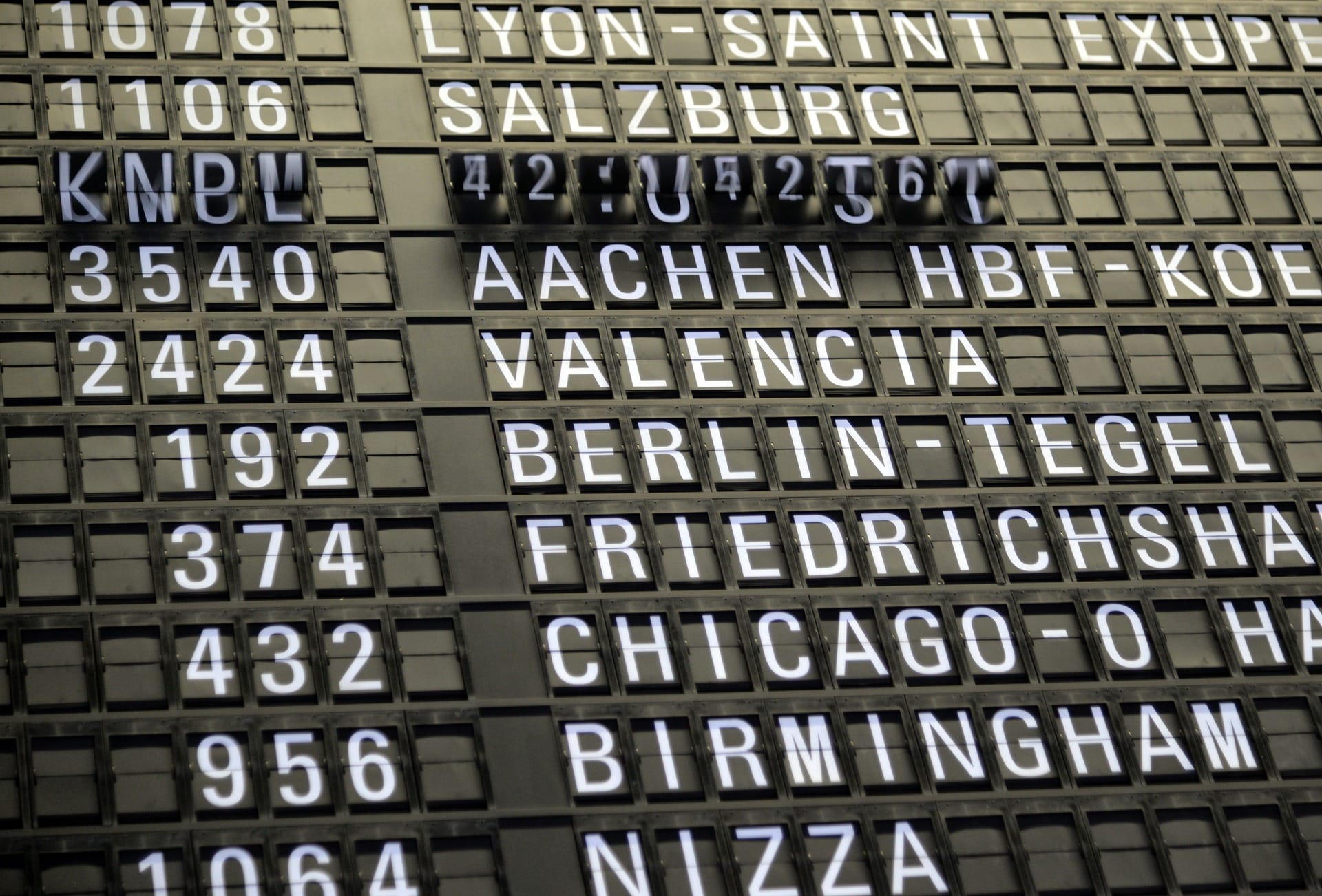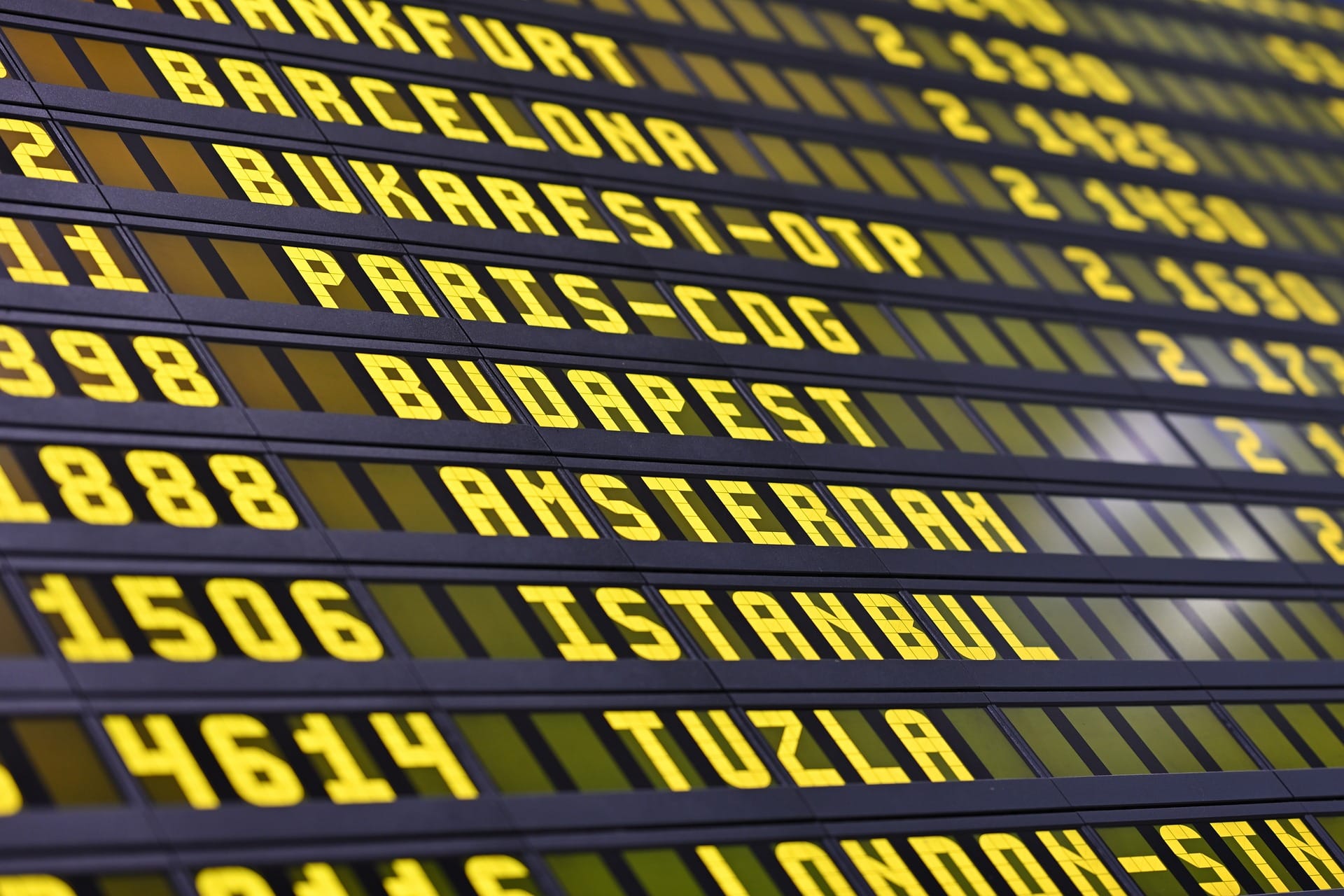Are Airlines Running Out of Flight Numbers?

As global air travel continues to soar to unprecedented heights, airlines are facing an intriguing yet critical challenge: the possibility of running out of flight numbers. This seemingly mundane aspect of aviation has become a pressing issue as the industry grows, driven by increased demand for travel, the expansion of airline networks, and the rise of codeshare agreements.
The Role of Flight Numbers in Aviation

Flight numbers are more than just a sequence of digits; they are an essential part of aviation logistics and safety. Each flight number uniquely identifies a specific flight, allowing for seamless communication between airlines, air traffic control, airports, and passengers. For example, when you see a flight number like "DL41" it tells you that this is Delta Air Lines flight 41, and it's a flight from Los Angeles to Sydney.
However, the complexity deepens with codeshare flights, where multiple airlines share the same flight but assign it different flight numbers. For instance, a flight operated by American Airlines might also carry a British Airways and Qantas flight number, such as "BA4456" and "QF7789." This practice, while beneficial for airlines and passengers alike, significantly increases the demand for unique flight numbers.
The 4-Digit Limitation

Currently, flight numbers are limited to four digits, ranging from 1 to 9999. This restriction dates back to the early days of commercial aviation when the number of daily flights was relatively low. However, as the industry has grown, this limitation has become increasingly burdensome. With thousands of flights taking off every day, airlines are running out of easily distinguishable and available flight numbers.
The issue is exacerbated by the fact that flight numbers cannot be reused too quickly. For operational and safety reasons, there is often a cooling-off period before a flight number can be reassigned, so two flights with the same flight number aren't in the air at the same time. This further reduces the pool of available numbers, leading to potential conflicts, especially for airlines with extensive domestic and international networks.
The Impact of Increasing Flights

The rise in air travel, particularly post-pandemic, has seen airlines adding more routes, increasing flight frequencies, and entering new codeshare agreements. This growth means more flight numbers are needed to accommodate the expanding schedules. For airlines operating hubs with numerous connecting flights, the challenge is even greater, as each leg of a journey requires a unique flight number.
The only exception here is round trip flights, where they can share the same flight number.
As airlines continue to introduce new routes and increase frequencies to meet demand, the available flight numbers are dwindling. The aviation industry is rapidly approaching a point where the existing system may no longer be sustainable, potentially leading to operational inefficiencies, confusion, and delays in assigning flight numbers.
A Potential Solution

To address this impending issue, the aviation industry may need to consider expanding the current four-digit limit to five digits. This change would exponentially increase the number of available flight numbers, offering a long-term solution to the problem. Moving from a 4-digit system to a 5-digit system would expand the possible combinations from 9999 to 99999—enough to meet the needs of the industry for many decades to come.
Another possible solution is to allow for the reuse of flight numbers more rapidly, particularly for flights that are not prone to confusion or have long gaps between uses. Enhanced data management systems and automation could help track and safely manage the reuse of these numbers, minimizing the risk of operational errors.
Alternatively, the industry could explore regional prefixes or suffixes that distinguish flight numbers by region or airline alliance, adding an additional layer of differentiation without fully overhauling the existing system.
Final Thoughts
As air travel continues to expand, the pressure on the current flight numbering system will only intensify. The aviation industry must be proactive in addressing this issue to avoid future complications that could disrupt operations and passenger experience. While the transition to a five-digit system or the implementation of regional identifiers might seem daunting, it is a necessary evolution to accommodate the industry's growth.
Ultimately, the solution to this problem will require collaboration between airlines, regulatory bodies, and technology providers.





